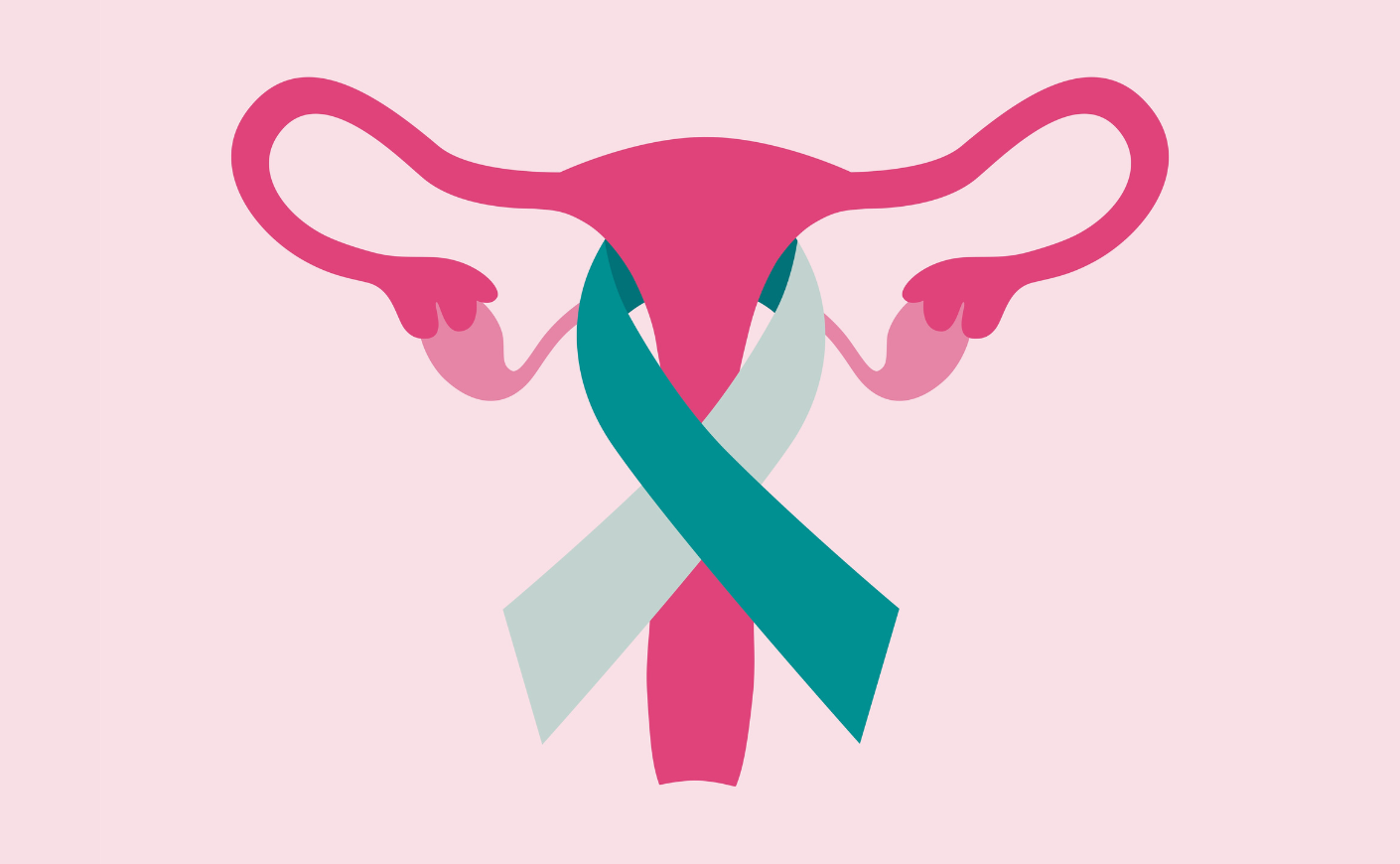While not as common as other cancers, ovarian cancer is one of the leading causes of cancer deaths among women. It’s particularly deadly because, in most cases, by the time it’s detected, it’s already reached stage III or IV. Currently, there are no reliable and accessible screening tools to catch this relatively rare form of cancer before it spreads.
“We don’t have the equivalent of a pap smear or mammogram or colonoscopy,” Deborah Armstrong, MD, a professor at Johns Hopkins who specializes in treating ovarian cancer, tells us. “It’s a huge issue.”
But researchers are developing new early detection tools and treatment options, Dr. Armstrong says. In honor of World Ovarian Cancer Day, we spoke to Dr. Armstrong about the latest advancements in ovarian cancer research and the breakthrough she says could be “paradigm-shifting” when it comes to combating the disease.
Ovarian cancer is notoriously difficult to detect. Why is that?
Dr. Armstrong: When cancer develops in the fallopian tube [where ovarian cancer often begins], which is a very thin-walled organ, it doesn’t form a mass. The cells just float off; some of them may land on the ovary, but they can also get into the peritoneal cavity — the space in the abdomen that contains the intestines, stomach, and liver. So there’s no mass to cause symptoms for a patient or be easily detected via physical exam or ultrasound. And often, by the time it’s diagnosed, because of the nature of how these cells tend to drift off, the disease is already disseminated.
Are there new early screening methods that are being developed?
Some research has looked at how to repurpose pap smears. For those tests, mostly cervical cells are collected, but sometimes cells are taken from the endometrium, ovaries, and fallopian tubes. Researchers are trying to determine if those cells can be examined and checked for abnormalities. It’s like trying to find a needle in a haystack within a pap smear.
There’s another thing called the falloposcope, which is a scope that travels up the fallopian tubes. Currently, there are a lot of issues with using an instrument like this because it can incite an inflammatory response and potentially affect fertility, so it’s nowhere near ready for primetime.
Can you discuss some of the important developments in ovarian cancer research?
The biggest thing is the discovery that most ovarian cancers actually begin in the fallopian tube. That’s important because we used to recommend that women who are at elevated risk have their ovaries removed, which causes abrupt menopause and comes with a lot of medical consequences. However, removing the fallopian tubes doesn’t trigger those hormonal changes.
So the American College of Obstetrics and Gynecology now recommends what’s called the opportunistic salpingectomy, or the removal of the fallopian tubes during another pelvic surgery. So if a woman’s having a gallbladder surgery or hernia operation, it’s recommended that if they’re done with childbearing, they have their tubes removed at the same time to reduce their risk.
Can you discuss some of the risk factors for ovarian cancer?
One is the number of ovulations a woman has over her lifetime. We know that when an egg is ejected from the ovary, an injury to the surface of the ovary and potentially the fallopian tube occurs. That’s why both pregnancy and birth control use, which suppresses ovulation, are associated with decreased risk.
There’s also the issue of talc, or baby powder. When it’s regularly applied to the genital area, fibers from that substance have been shown to ascend through the genital tract. The effect is kind of similar to what we see in steel workers, who are exposed to asbestos and are regularly breathing it in and, because of that, can develop mesothelioma. It’s a similar carcinogenic effect.
What are some of the new treatments on the horizon?
There’s a whole family of drugs called antibody-drug conjugates (ADC) used for ovarian and other cancers. These are designed to specifically target and kill tumor cells, unlike chemotherapy, which can also indiscriminately kill off normal cells. One that’s FDA approved is mirvetuximab, which targets the folate receptor alpha, which is overly expressed in ovarian cancers.
Another ADC targets HER2, which is well-known in the breast cancer space because about 20 percent of those tumors over-express this protein. HER2 therapies have been used to treat breast cancer for a while, but recent studies have found that endometrial, cervical, and ovarian cancers were also responsive to these drugs.
This interview has been edited and condensed for clarity.









